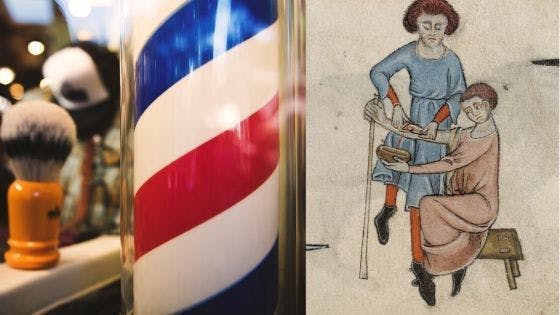Student Loan Default Rates on the Rise
Feb. 11, 2011 is the day my first student loan payment is due and like most students, I’m dreading repayment. While some students can handle the monthly amount, others are struggling to find work and the income to pay off their debt. In a tough job market, it’s no surprise that the student loan default rate continues to increase.
Education secretary Arne Duncan released a statement last Monday saying that he isn’t happy with the continued rise of student loan default rates. He attributes a significant amount of default rates to for-profit colleges, like the University of Phoenix or National American University.
“While for-profit schools have profited and prospered thanks to federal dollars, some of their students have not,” Duncan said in a statement on Sept. 13. “Far too many for-profit schools are saddling students with debt they cannot afford in exchange for degrees and certificates they cannot use.”
Duncan said that as of the 2008 fiscal year, the most recent period for which data is applicable, the total student loan default rate was 7 percent. The fiscal year before that, it was 6.7 percent. And before that it was 5.2 percent.
Currently under government regulations, if a school has three consecutive years of high default rates, 25 percent or more, they could lose their qualifications for federal student aid. In addition, a school could also lose its chance at financial aid, which supplies most of the revenues for for-profit colleges, if a school has a default rate of 40 percent or higher in one year.
Stricter regulations have been proposed by the Obama Administration to help defend student borrowers from overly assertive and misguided recruiting methods at some for-profit colleges. The administration also wants to make sure that only qualifying students and programs receive aid.
The newly proposed “gainful employment” law requires for-profit, and possibly failing public and nonprofit schools, to make sure that they don’t take advantage of students who wish to borrow.
According to the Center for American Progress, the law commands that college financial aid programs must prove that they are preparing students for “gainful employment in a recognized occupation.”
The regulation wants colleges to disclose concrete information about graduation rates, employment rates, potential salaries and student loan statistics before they pick a school. Otherwise, these schools could lose their eligibility for financial aid.
Via The New York Times and Center for American Progress
Also read:
Student Loan Consolidation 101
$50.8 Billion in Student Loans in Default
Is Student Loan Consolidation Right For You?



